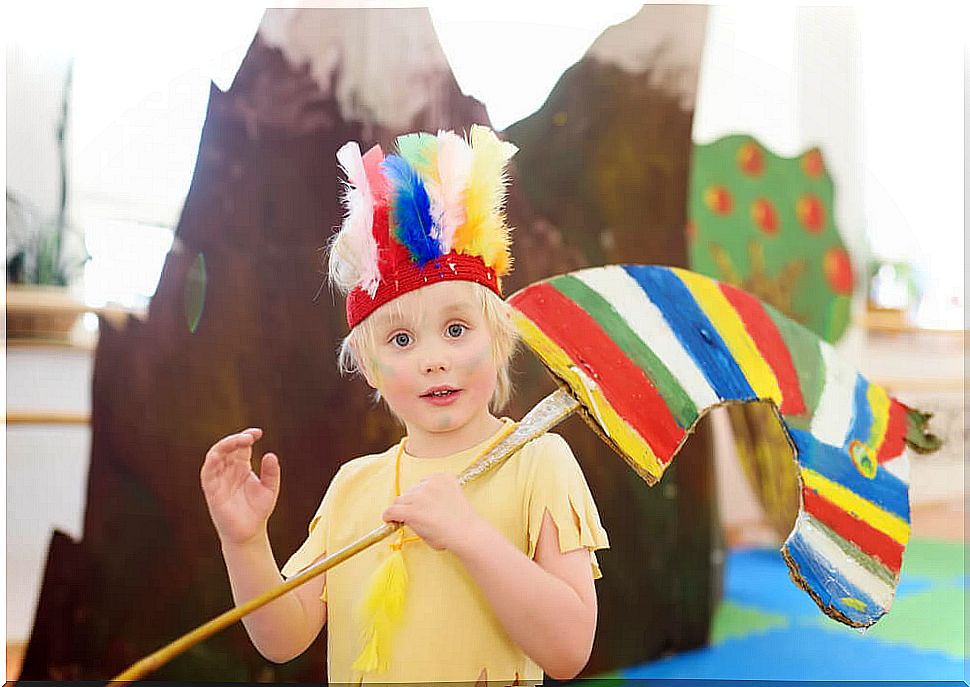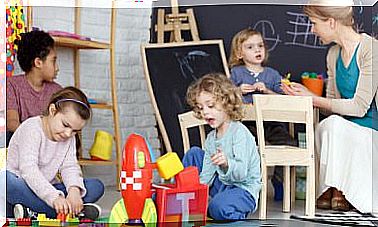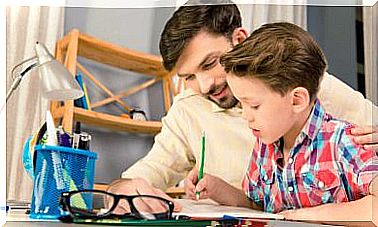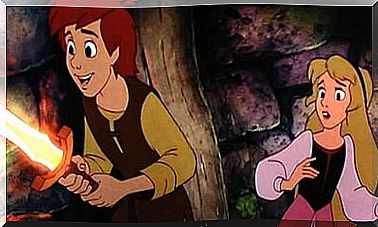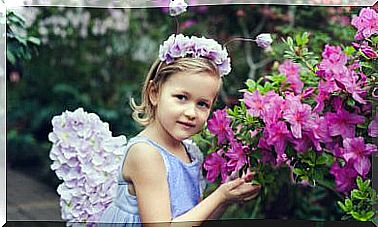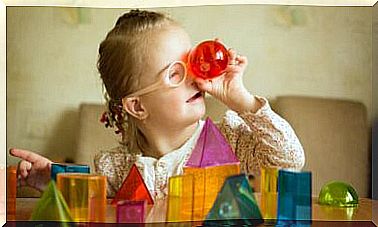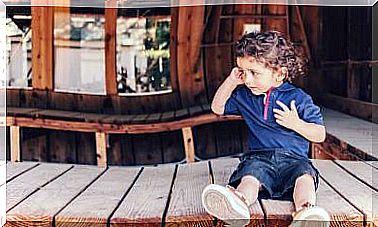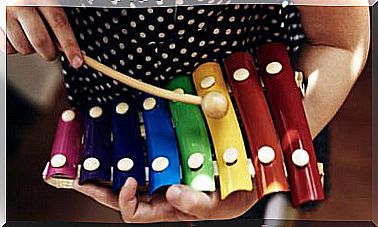Theater Improvisation For Children: Exercises
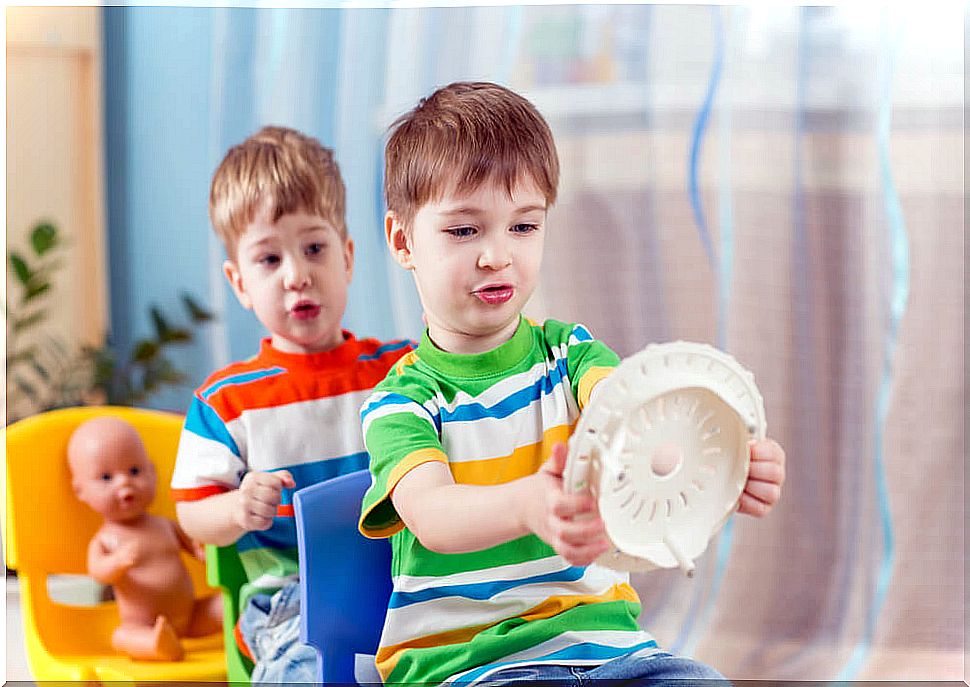
Theatrical improvisation for children is a powerful tool for their training and development. It is a very valuable resource, not only if we are talking about theater and acting, but all the improvisation exercises that we do with children and its techniques can be applied in daily life.
Playing drama and improvising in the classroom or outside stimulates children’s creativity. Thinking skills are developed and body expression is enhanced.
At the beginning of any artistic creation we find improvisation. With it, children explore a world of possibilities knowing a little more about their surroundings, themselves and their peers.
Improvising is, after all, playing a game with specific rules. With this game emotions, feelings and reality are explored. Improvising is focusing on “the here and now”, it is doing, after all, an exercise in mindfulness.
Theatrical improvisation exercises for children
All theatrical improvisation exercises for children have the main objective of learning to improvise, but it is not the only one. We will add other very important objectives for each exercise.
It is essential to remind children, while they are improvising, the importance of letting go. Make them see that sometimes you have to be able not to think about everything too much and that you have to learn to let things happen.

Group improvisation with music
- Number of children: we need, at least, a group of 4 children.
- Ages : from four years old.
- Recommended duration: 5 minutes. If the group is larger, we will need more time.
- Objectives of improvisation: develop body expression through music. Play and investigate a musical rhythm with our body. Letting ourselves be carried away by music. Observe others and concentrate.
We put on an upbeat song and stand with the children in a circle. In the first part, we encourage them to follow our movements; we are doing simple and repetitive movements to the rhythm of the music and the children are imitating us.
In the second part, each of the children in the circle, in order, performs a movement (also to the rhythm of the music) and the others imitate it. We guide the exercise by pointing to the child whose turn it is to lead the others.
If they get stuck, we remind them that the important thing is to improvise, not to think too much and to get carried away by the music.
Theatrical improvisation for children: “discovering the space”
- Number of children: we need, at least, a group of four or five children.
- Ages: from six years.
- Recommended duration: 10 minutes. If there are more children, we will need more time.
- Objectives of improvisation: check our emotional and physical state. Relate to others. Work on the expression of own emotions and discover those of others.
We will tell the children to walk around the entire stage with some basic and simple rules. They must try to occupy the entire stage space. They have to remain equidistant from each other, that is, there should not be large gaps or areas where they are very close together.
As they walk through space, we narrate what they should be doing. These are some of the guidelines:
- Walking in silence, looking only at ourselves, how we feel, but being careful not to collide with any partner.
- Keep walking and start making eye contact with others. Think about how we feel and what makes us eye contact with them.
- When the children hear a clap, they will greet the partner closest to them. We begin with a brief greeting and with each clap the greeting will be more intense.
- We add emotional situations that should represent : walking very happy, very sad, angry, afraid …
The static scene
- Number of children: we need, at least, a group of four children.
- Ages: from six years.
- Recommended duration: between 15 and 20 minutes. If there are more children, we will need more time.
- Objectives of improvisation: work on silence. Create your own characters and a group scene. Learn to observe and go beyond what it seems. Relating to others and reaching agreements, as well as working on body language.
We divide the children into groups. If we have a high number of children to carry out the activity, we can do more than two groups.
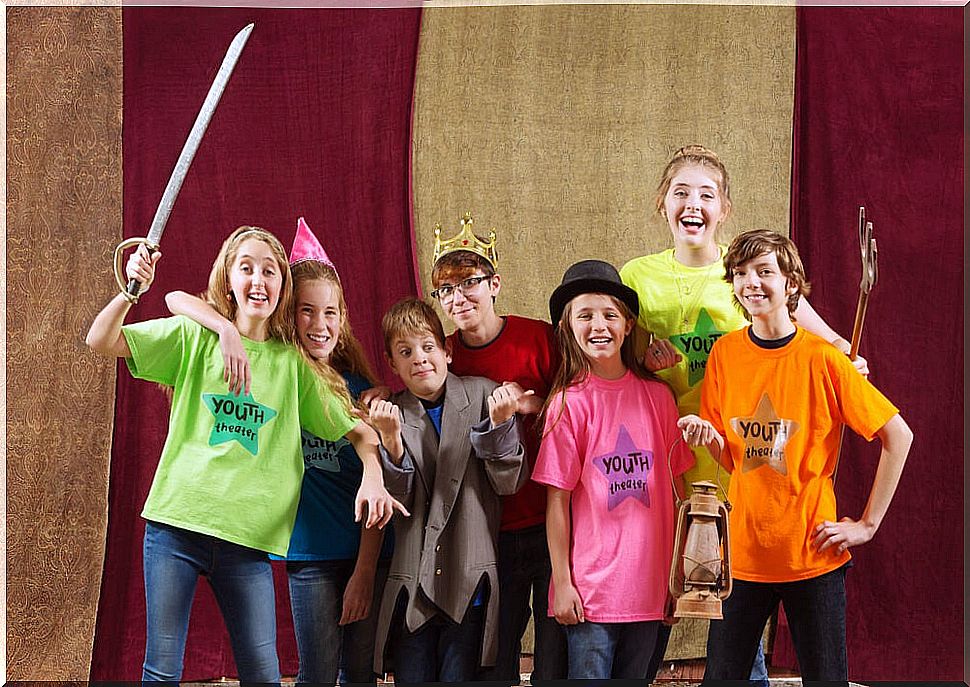
The activity consists of going out in groups and creating a static scene. Something like a 3D photo. While one group creates their painting, the other children remain in silence with their backs turned. When the picture is created, the other children can turn and observe it for a while in silence.
To create the static image, they first have to decide which characters they will play, what story they want to see from the outside and what action each one will be performing in the image.
The other children, after observing for a while, have to raise their hands and give an idea about what is seen. Try to find out what characters they are meeting, what they do, what happens in the scene.
At the end, the children in the painting, with a suggestion from us, move and bring the scene to life by playing. Finally, they explain what was happening in the scene and we compare what the actors wanted it to be and what it has looked like and seen from the outside.
In conclusion…
Finally, it is important to remember that in theatrical improvisation for children it is necessary to emphasize the importance of thinking about the companions. Also that they should be as generous with themselves as with others. There is no place to judge themselves and they would have to let themselves be carried away by the new sensations.
